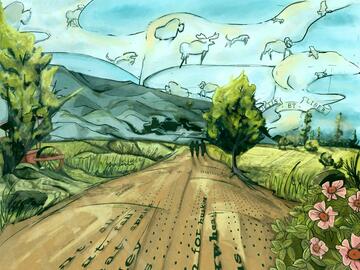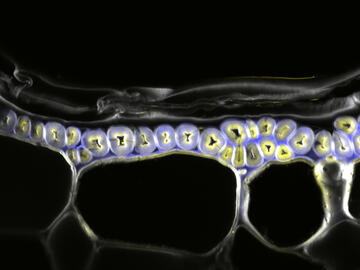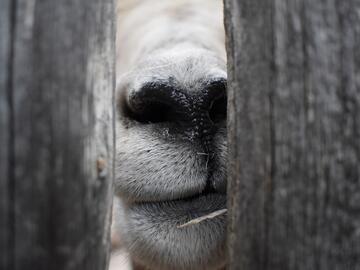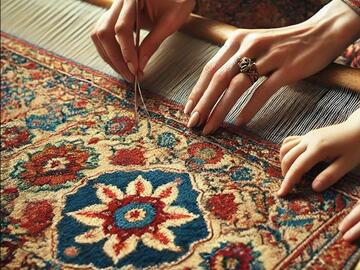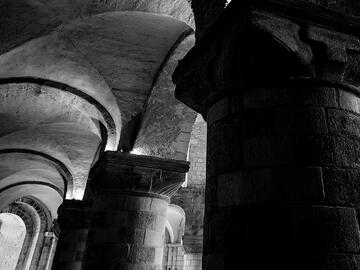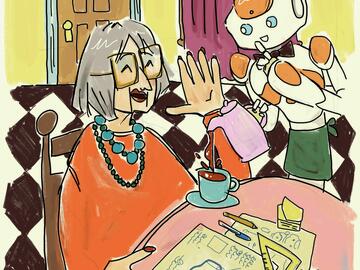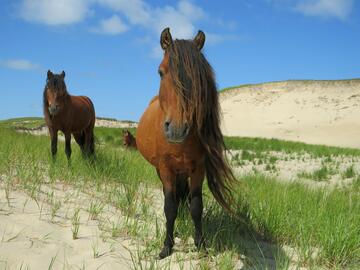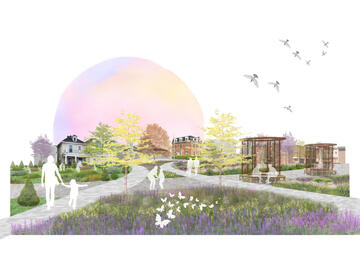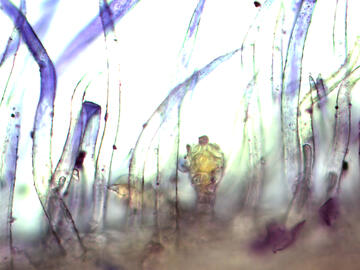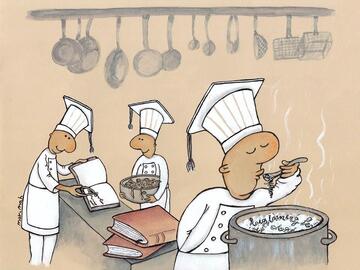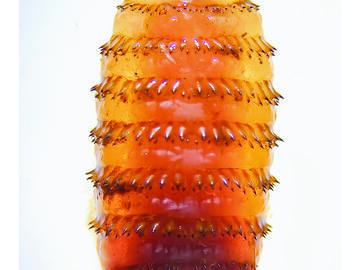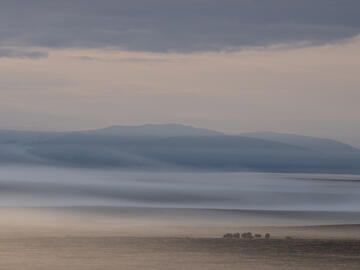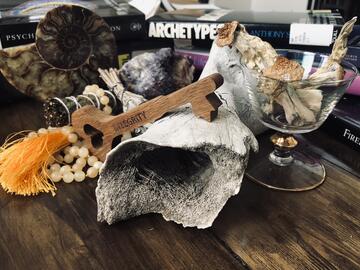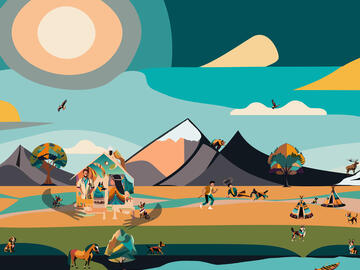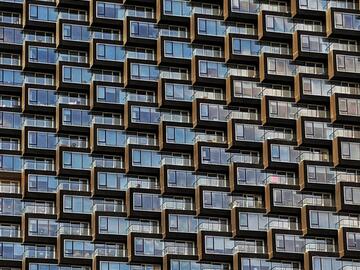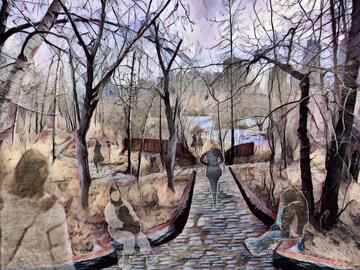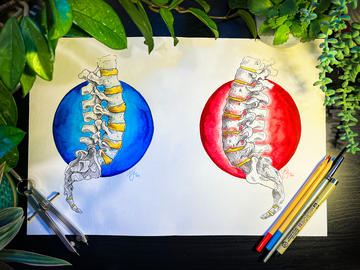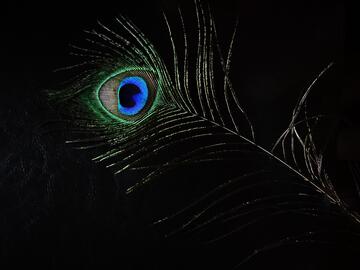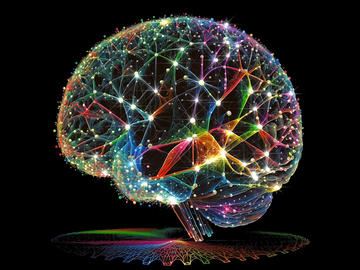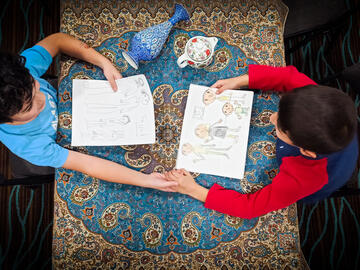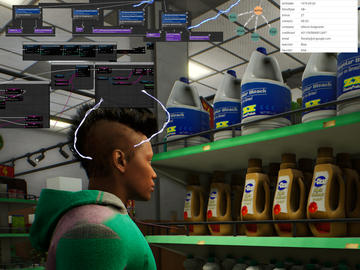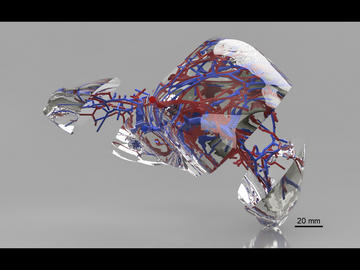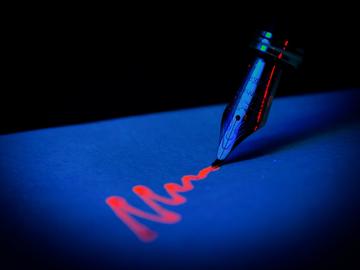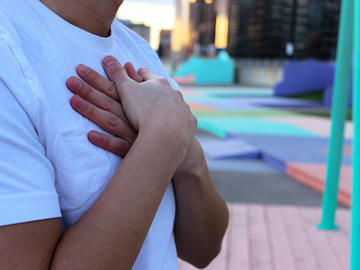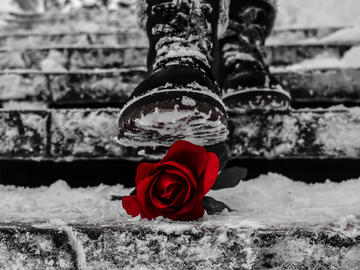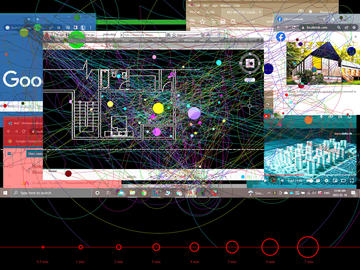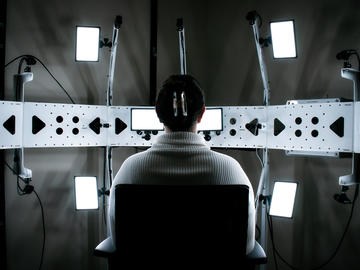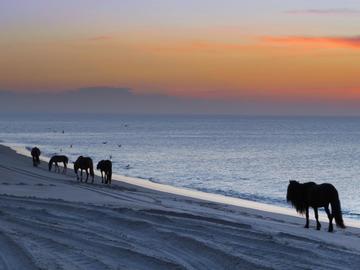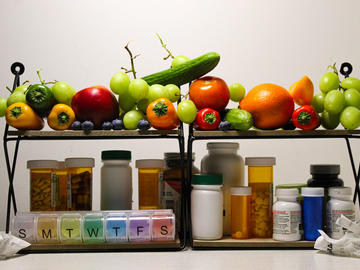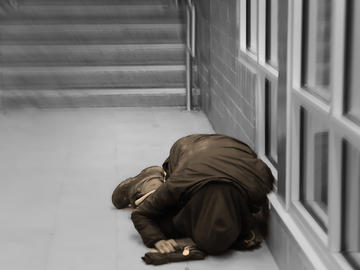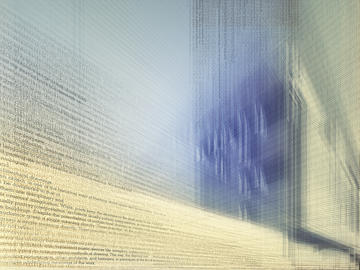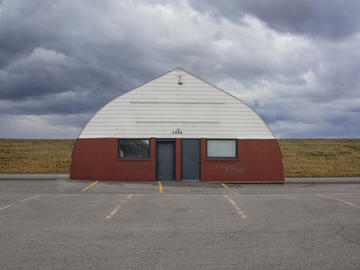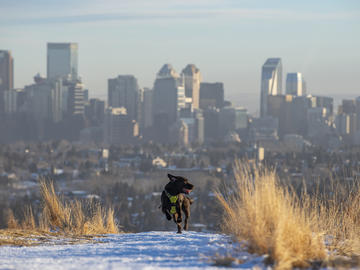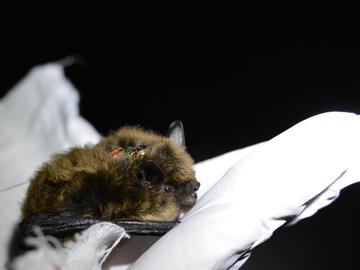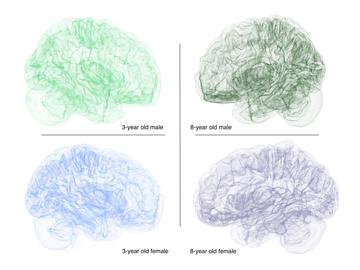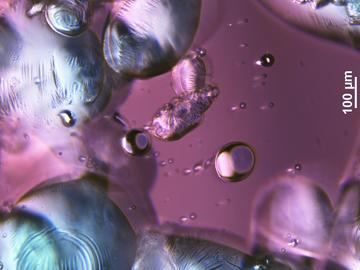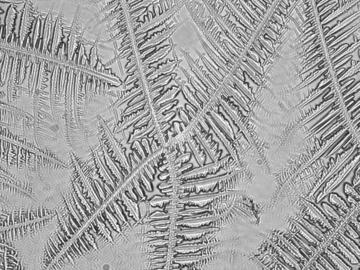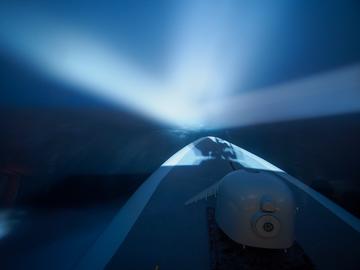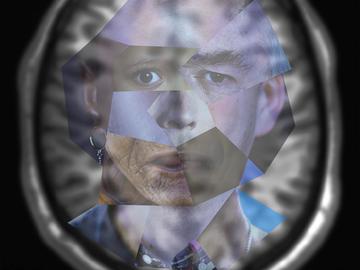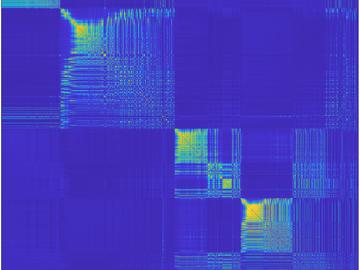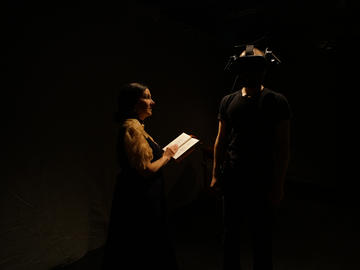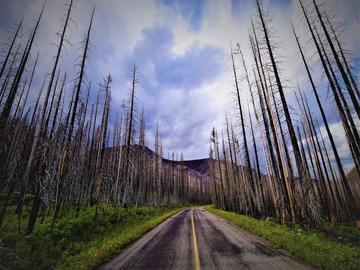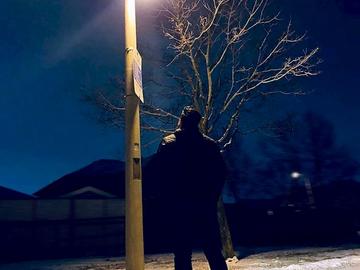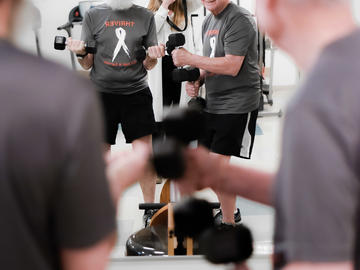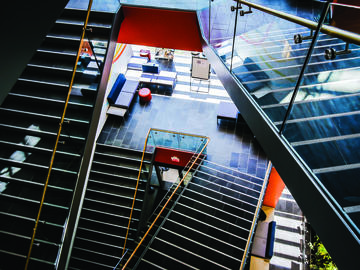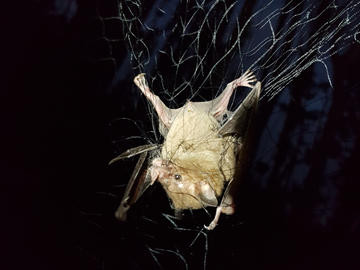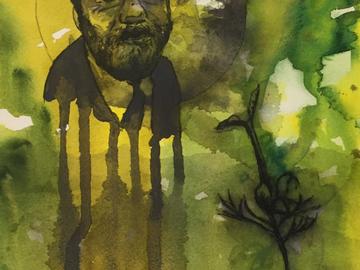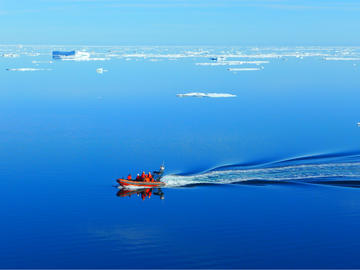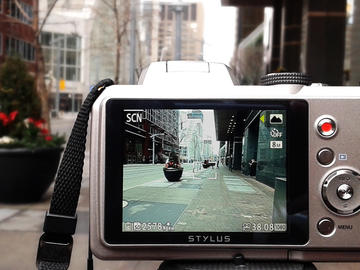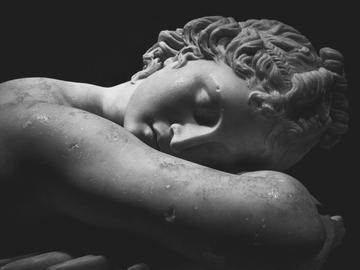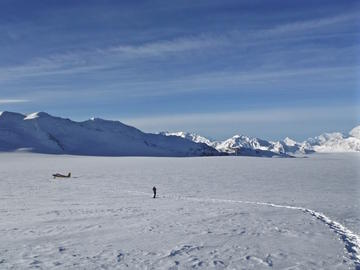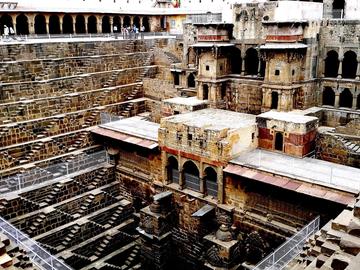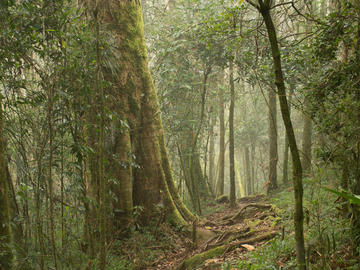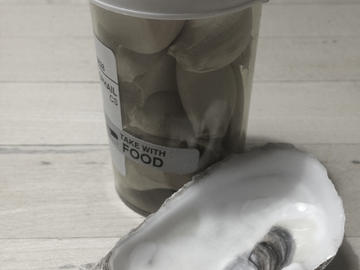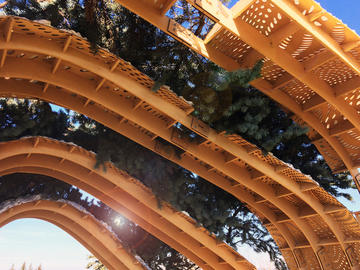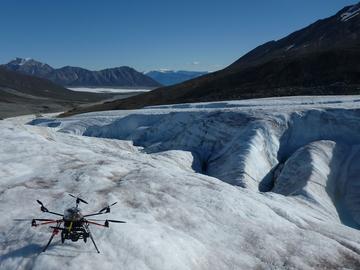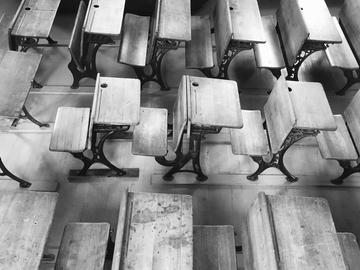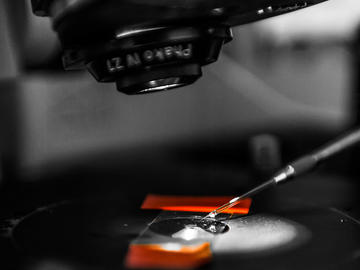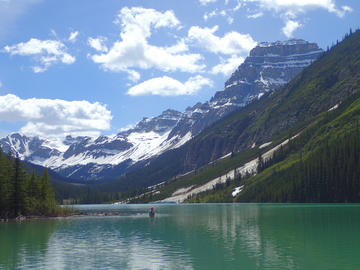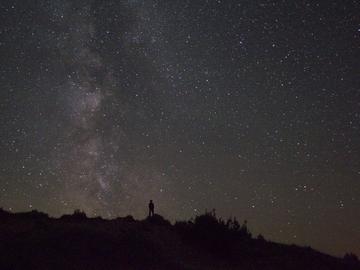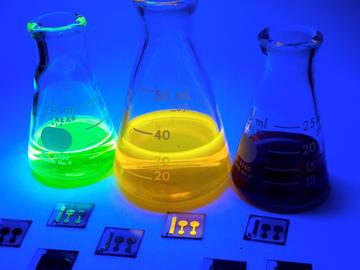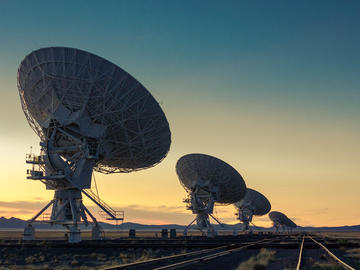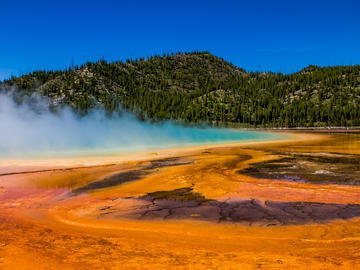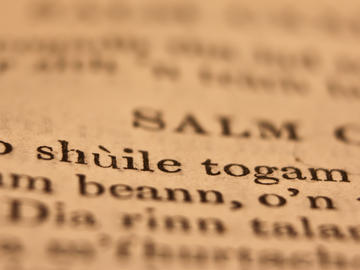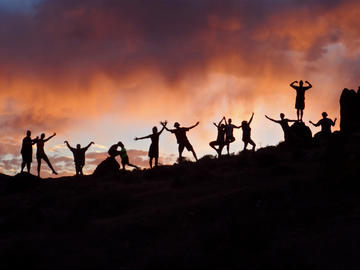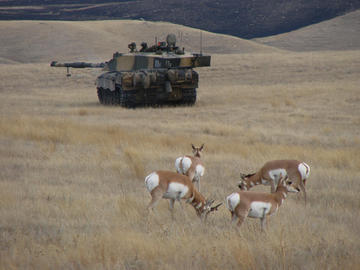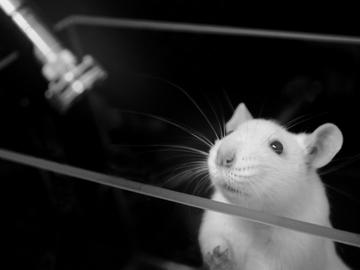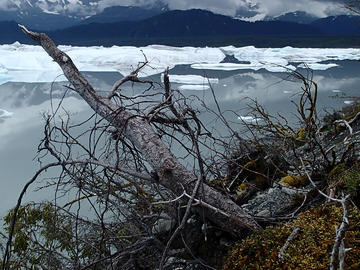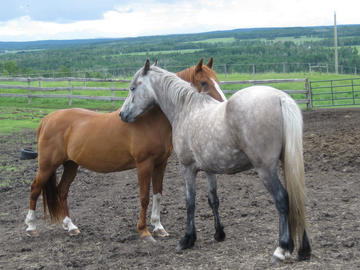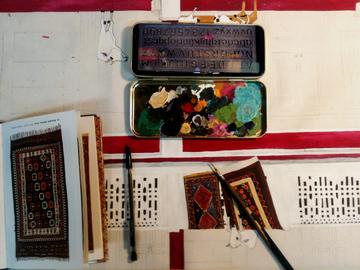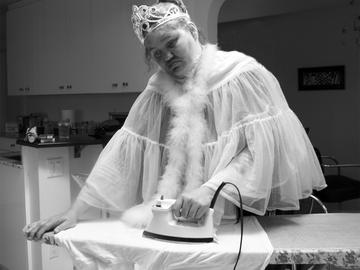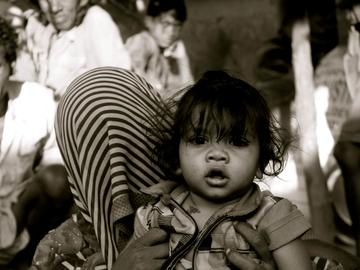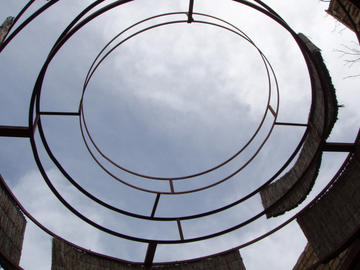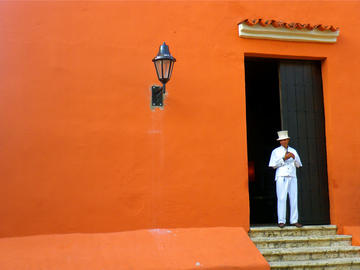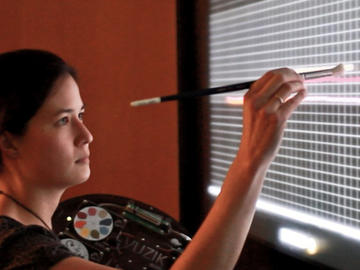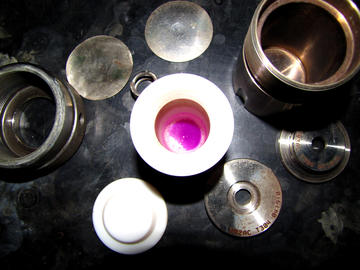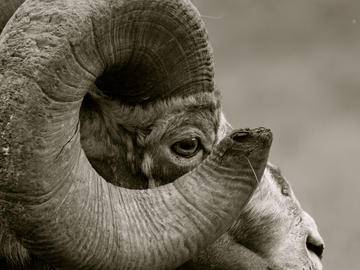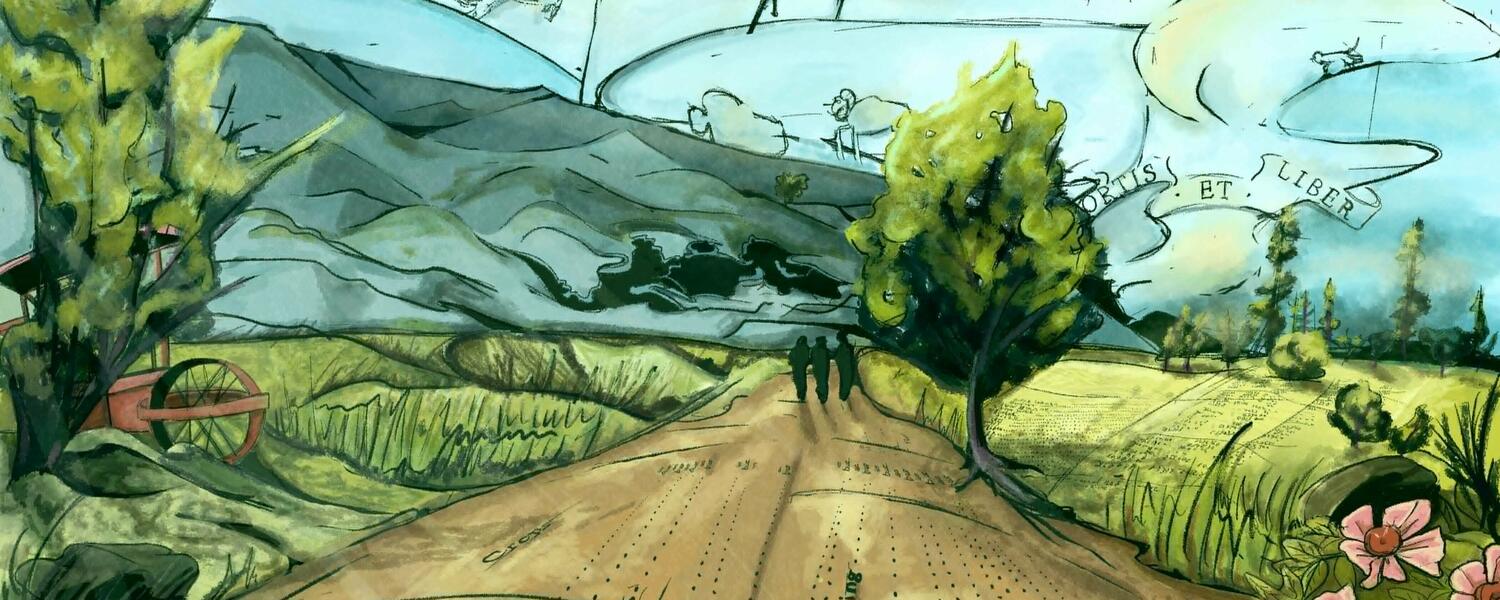
UCalgary Images of Research Competition
(Photo credit: Marice McIntyre, 2024-25 IoR competition)
Combining visual and written communication skills
Use an image to tell a story to showcase your research in the annual UCalgary Images of Research Competition. The Faculty of Graduate Studies invites UCalgary graduate students to explore new ways of thinking about research, its value, and how it can be communicated to a broad, non-specialist audience.
Images of Research is also a great opportunity to win cash prizes and have your research shared with a wide community!
To participate, graduate students are challenged to capture an image that showcases their research and write a general abstract to complement the image as well as describe their research and its impact.
Entries are judged on composition, quality, how effectively the images connect with research, and on the quality of the written abstracts. To help you with your entry, you will be added to a D2L course with access to workshops, feedback sessions and written resources.
Competition Timeline
Dec. 5, 2025
Registrants can attend our Abstract Writing Workshop from 10:30 a.m. to 12 p.m. MT
The recording will be available in D2L after the session
Dec. 8, 2025
Images and abstracts must be submitted to D2L by 11:59 p.m. MT
Dec. 9, 2025
Registrants are invited to attend optional ZOOM feedback sessions on Dec. 9, 10, 11 and 15
Dec. 22, 2025
Written feedback is returned to participants
Jan. 5, 2026
Final images and abstracts must be resubmitted by 11:59 p.m. MT to the D2L
Resubmission is only for participants who meet the original submission date of Dec. 8, 2025
Jan. 21, 2026
Judging period opens and runs until Jan. 28, 2026
Jan. 21, 2026
People's Choice voting period opens and closes Feb. 8, 2026
Feb. 23, 2026
2025-26 Images of Research Awards Ceremony
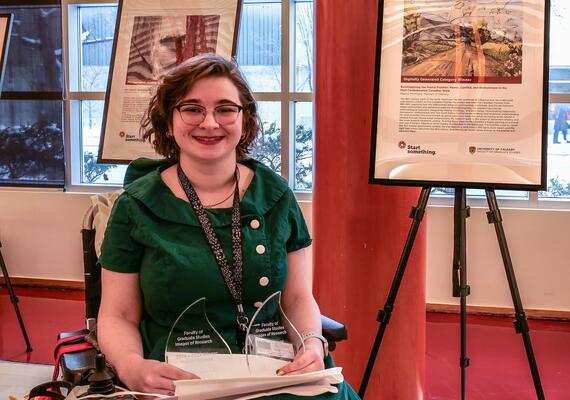
Marice McIntyre, Masters student, 2024-25 Images of Research Winner
"The Images of Research Competition reinforced my confidence in the value of teaching history through art and visualizations (as well as the expiation of legitimate knowledge forms in academia), extending beyond traditional academic formats like articles and books."
Rules and Regulations
The contest is open to all UCalgary graduate students in both thesis- and course-based programs. After you register, you will be added (within a few days) to a D2L module that includes all information about the competition, along with resources for success. Images and abstracts will only be accepted through the D2L course. Graduate students can submit a maximum of one image per competition year.
-
Image submissions
- An original, unpublished image (please note: images such as computer-generated or electron microscopy images are accepted. Images of art such as paintings may be submitted but must be arranged with purpose and follow judging criteria.)
- Taken by the student submitting the image
- Digital, high-resolution images in JPEG format (3300 x 4200 pixels minimum and 300 dpi)
- Printable as 11x14” prints (entries must be cropped to final size before submitting)
- File size smaller than 12 MB
-
Required information
In addition to your image submission, you are required to provide the following information through the D2L course:
- Your name
- Degree (Masters/PhD)
- Department
- Program
- Supervisor’s name
- Title (maximum 15 words, using jargon-free language). You may have a short primary title, with a subtitle, but this must fit within a maximum of 20 words.
- A non-specialist abstract (jargon-free and public-friendly language) which describes your image and how it relates to your thesis research or course of study (maximum 1,200 characters including spaces).
- Rational for the chosen medium
Registrants are invited to attend one of the ‘Crafting Short General Abstracts’ workshops (Dec. 5) to receive tips and feedback on their ideas and drafts.
Registrants will also receive written feedback on their submissions by Dec. 22, 2025. Based on their learnings, registrants will have an opportunity to improve their image and resubmit, prior to the images being sent to the judges. You may resubmit at any time, but the final deadline is Jan. 5, 2026, at 11:59 p.m. MT
Registrants who opt to not resubmit, or who submit their changes after the resubmission deadline, will have their original image and abstracts sent to the judges.
Once sent to the judges, images will be evaluated on the following:
- Image Quality
- Composition
- Creativity
- Abstracts/Link between image and research
All images will be judged with $2200 of award money available.
-
Categories Available
- Photographic/analog/Illustration
- Digital generated
- Artificial Intelligence generated
-
Award Winners
As decided by a panel of judges:
- Winners attached to the three categories will receive $500
- Second place winners attached to the three categories will receive $200
- People’s choice will receive $100
- Honourable mentions in each category
These awards will be distributed through the FGS Scholarship office.
While you have copyright to use your image for your own research, the submission of an image and abstracts in the contest permits FGS the right to display your image and abstracts in other media (e.g. print, website, social media) and for educational purposes (e.g. to present as examples within workshops).
Citation for AI generated Imagery
Participants are required to follow current citation guidelines as outlined by Library and Cultural Resources. All AI must be cited as “personal communications” and formatted correctly according to discipline specific citation styles (i.e., APA, Chicago Style, Vancouver, MLA, IEEE).
For more information about citation of AI generated imagery please visit UCalgary Research Guides or contact the UCalgary copyright office: copyright@ucalgary.ca

